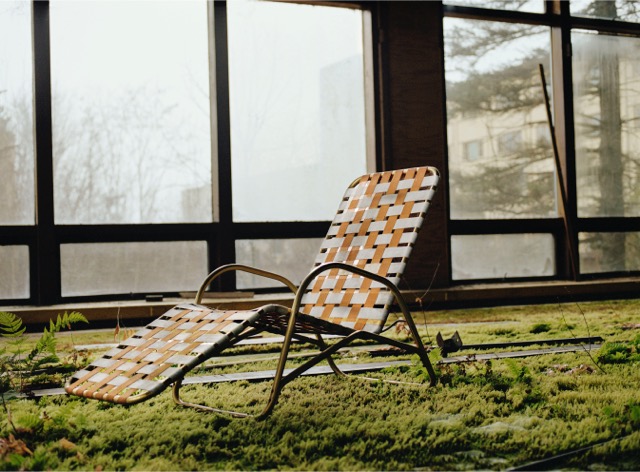Talk about engaging the senses is thick on the ground in contemporary educational and museological circles, where everyone and her cousin makes a case for enriching the classroom or the gallery with more than meets the eye. All too often, though, it remains just that: talk, talk, talk.

But last Thursday evening, within the precincts of Yeshiva University Museum’s gem of an exhibition, “Modeling the Synagogue – From Dura to Touro,” the promise of synthesizing object and text with sound was fully realized. I don’t mean one of those sound cones under which small groups of visitors dutifully huddle, or the counterpoint of a soundtrack that wafts and drifts throughout the exhibit space. I mean honest-to-goodness, full throttled sound: that of the human voice, the cello and the clarinet.
“Modeling the Synagogue” takes the form of a series of beautifully rendered maquettes of synagogues from yesteryear. There’s one that represents Toledo and another Florence; a third depicts a synagogue from Dusseldorf and a fourth, one from Newport, Rhode Island. Much like dollhouses whose appeal rests largely on their miniaturization of detail and space, these models also stimulate the imagination. We peer inside, trying to conjure up what it might have been like to lean against a Moorish-styled column, to have sat upright in a wooden pew, to be surrounded by light.
But our imaginations can go only so far. We take the measure of these wondrous spaces but stop short of inhabiting them -- which is where music comes into play. An animating presence, it enables us to connect.
Under the sensitive, deft and playful direction of Elad Kabilio and his ensemble, “MusicTalks,” each synagogue model generated its own musical associations, from a haunting Ladino folk song to a touching rendition of Copeland’s “Simple Gifts.” As we moved from model to model, from one time and place to another, we were accompanied by the cello, the clarinet, and the human voice as well as by a varying set of sounds.
Most of the time we listened raptly, attentively to the performers. But on one occasion, those in the gallery couldn’t help themselves and, unbidden, began to sing along with the professional soloist as she gave voice to the refrain of an age-old Yom Kippur piyut.
I don’t know how the soloist felt about this spontaneous musical eruption, but I’ve never experienced anything quite like it, certainly not within the hallowed, and usually silent, halls of a museum. Touching and affirming, enlivening and inspiring, the sound was as much a marvel as the musicianship, and the history, it brought it to life.



